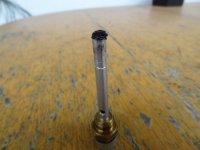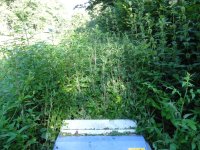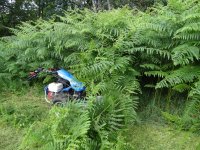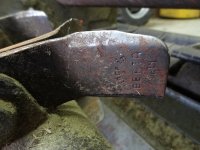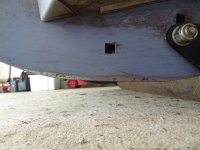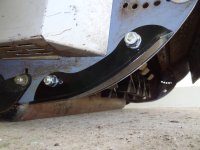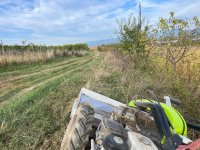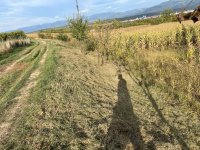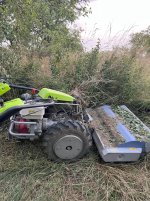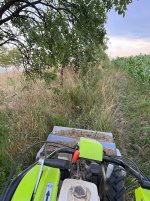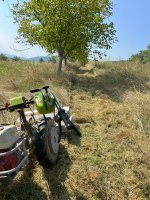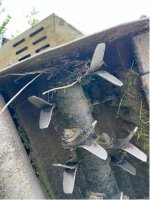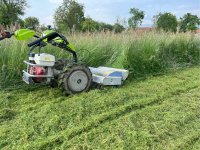Code54
Elite Member
- Joined
- Aug 20, 2005
- Messages
- 4,416
- Location
- Putnam Co. West Virginia
- Tractor
- Kubota MX5100, Kubota BX25D,1957 Farmall Cub Lo-Boy Kubota KX91-3, BCS 853
This may explain your issue. I recalled something with the PTO but went to Earthtools sites and found this:
One of the reasons the Grillo machines are significantly less expensive than the BCS models of the same size/capability is because Grillo has elected to stick with a slightly “older-fashioned” transmission design. This results in the advantage of a easier-to-service tranny design that requires no special tools or procedures if it needs to be worked on… but this simpler design can be a disadvantage in that with a Grillo tractor, the PTO direction actually reverses when the tractor is put into reverse. This is not an issue with any soil-working implement, as the tractor has a safety lockout mechanism that prevents engagement of the PTO drive when the tractor is in reverse anyway…the implements you may notice an issue with are rotary mowers, hay-rakes and the hay-baler; they will simply not operate while the tractor is in reverse. (If you engage reverse while mowing, the mower is protected from damage by a one-way ratchet inside the mower gearbox.) To some folks, this is not an issue, because they are either A. Not using a the above-mentioned implements, or B. Have a property layout that doesn’t require much reversing while using these implements. However, if brush-mowing , lawn-mowing, or hay-baling is high on the list of what you want to do with your walk-behind tractor, AND you have a lot of forward-reverse maneuvering to do in tight spots, the BCS may be a better choice for the sake of operator convenience.
One of the reasons the Grillo machines are significantly less expensive than the BCS models of the same size/capability is because Grillo has elected to stick with a slightly “older-fashioned” transmission design. This results in the advantage of a easier-to-service tranny design that requires no special tools or procedures if it needs to be worked on… but this simpler design can be a disadvantage in that with a Grillo tractor, the PTO direction actually reverses when the tractor is put into reverse. This is not an issue with any soil-working implement, as the tractor has a safety lockout mechanism that prevents engagement of the PTO drive when the tractor is in reverse anyway…the implements you may notice an issue with are rotary mowers, hay-rakes and the hay-baler; they will simply not operate while the tractor is in reverse. (If you engage reverse while mowing, the mower is protected from damage by a one-way ratchet inside the mower gearbox.) To some folks, this is not an issue, because they are either A. Not using a the above-mentioned implements, or B. Have a property layout that doesn’t require much reversing while using these implements. However, if brush-mowing , lawn-mowing, or hay-baling is high on the list of what you want to do with your walk-behind tractor, AND you have a lot of forward-reverse maneuvering to do in tight spots, the BCS may be a better choice for the sake of operator convenience.
